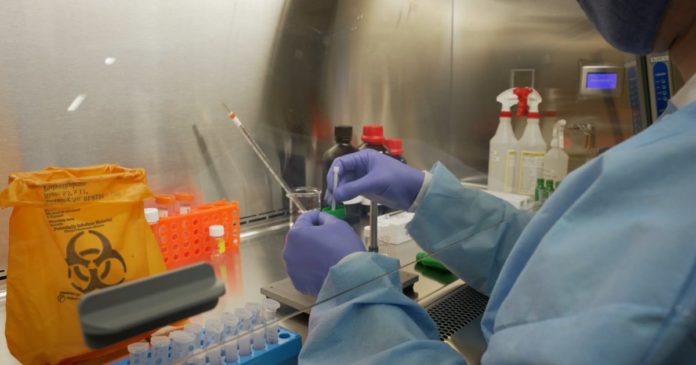It turns out developing an accurate breathalyzer system specifically for THC is quite challenging.
As it becomes legal in more places to consume marijuana and marijuana-derived products, among the important issues needing attention is keeping our roads safe. Breathalyzers for alcohol have likely saved millions of lives over the years, and keeping and getting cannabis-impaired drivers off the road will become a more pressing issue.
The need for accurate breathalyzer devices extends beyond road safety. In jurisdictions where the presence of the intoxicating cannabinoid THC at any level whatsoever in a driver can lead to criminal charges, the mobility of medical marijuana patients using THC is impacted.
But building a better breathalyzer for accurate THC detection is difficult. THC is thought to be carried inside aerosol particles that people exhale. The total volume of aerosols containing particles of THC can be tiny, making it hard to detect and assess – and there is no standard method for this yet.
Demonstrating the difficulties is recently published research out of the National Institute of Standards and Technology (NIST) and the University of Colorado Boulder.
NIST researchers collected breath samples from people both before and after they smoked high-THC marijuana. These samples were then tested for THC using laboratory instruments rather than a handheld breathalyzer device.
The goal of this study was to begin developing a protocol that yields reproducible results. But a key question that couldn’t be answered is whether breath measurements can be used to distinguish between a person who uses cannabis regularly but hasn’t done so recently, and someone who consumed it an hour ago.
This is particularly important as while a driver may have THC in their system from non-recent consumption, it doesn’t mean their driving abilities are continued to be impacted by it.
“We expected to see higher THC concentrations in the breath samples collected an hour after people used,” said NIST supervisory chemical engineer and study author Tara Lovestead. “In many cases, we would not have been able to tell whether the person smoked within the last hour based on the concentration of THC in their breath.”
Given the nature of the study, which was a protocol development exercise only involving 18 participants, the results of the analysis do not carry statistical weight. However, the next study will involve at least 40 participants contributing more than a thousand breath samples and will hopefully provide more solid answers.


